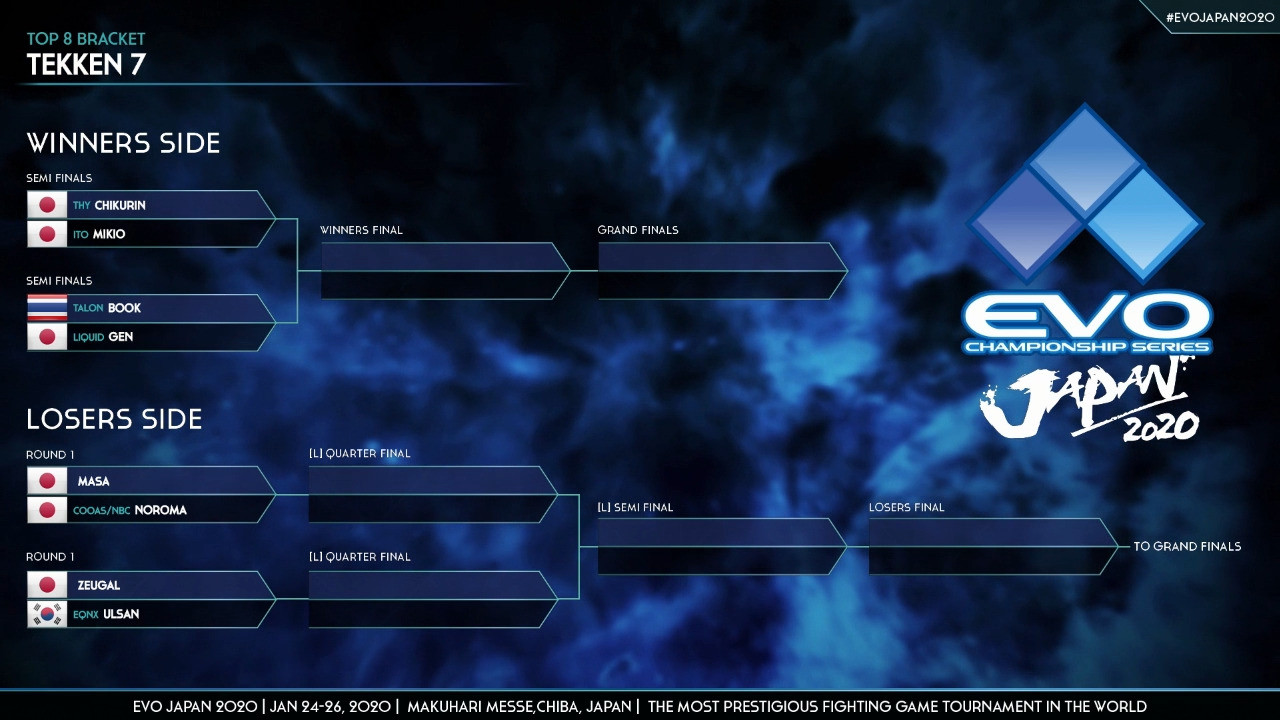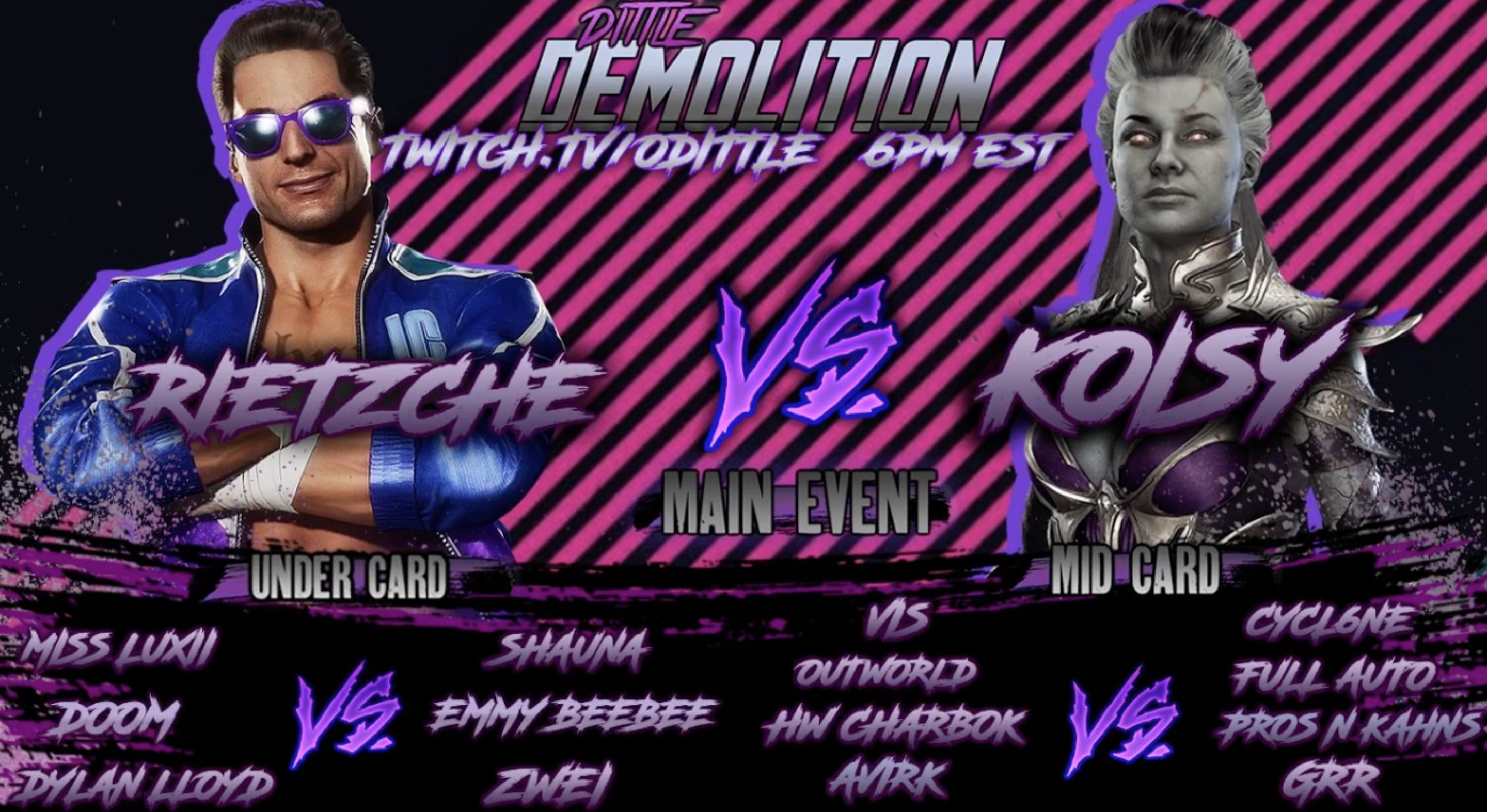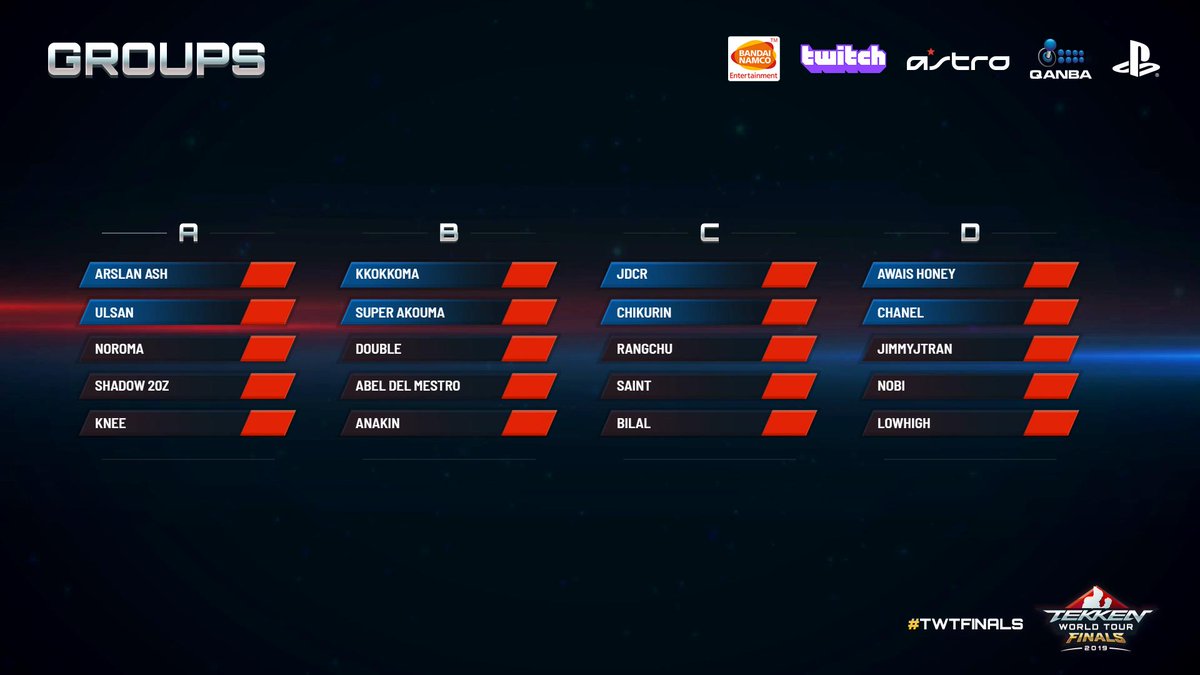Tournament organizers (TOs) are essential for the fighting game community to prosper. Their events, streams, and camaraderie keep fans together despite challenges like the pandemic. With the rise of online brackets during lockdown, it is now easier than ever to organize your own tournaments.
Hosting tournaments is a great alternative for people who love fighting games but don’t want to compete full-time. However, TOs interested in a career face a different kind of grind than players in the lab. Aspiring tournament organizers will make a lot of mistakes, although the successful ones learn from each error.
One of the first fundamentals to learn is formats. Every format is designed for specific events. Here’s everything you need to know about the basic tournament options before running events.
Double Elimination

The standard format for most fighting game tournaments is double elimination. In these tournaments, players are eliminated after two lost sets. Every player starts in the Winner’s Bracket, but those who suffer defeats fall into the Lower or Loser’s Bracket.
There they must compete for their tournament life in every remaining match. Staying in Winner’s Bracket often means playing less matches to reach Top 8, while making it out of Loser’s Bracket can be a long, grueling task.
Like nearly all tournament formats, double elimination eventually culminates in a Top 8. Four undefeated players qualify for Winner’s Semi-Finals, while four others with one loss make up the Loser’s Side of Top 8. The two victors of Winner’s Semi-Finals move on to Winner’s Finals while the losers drop down to Loser’s Quarter Finals. Play continues until only two competitors are left.
The player in the Winner's Side of Grand Finals only has to win one set, while their opponent must win two. If the player in Loser’s Side wins the first set, they reset the bracket and put the Winner’s Side competitor in Loser’s Side too. In that case, the next set determines the champion of the tournament.
Double Elimination tournaments are the most popular choice for FGC events. They ensure every competitor plays at least two matches and is given a chance at redemption after their first defeat. Everyone wants a chance to adapt their gameplay throughout competitions.
These tournaments can be challenging for TOs just starting out, but are usually the preferred format for players. It helps to have multiple people running the event in order to monitor all matches and move things along at a reasonable pace.
Single Elimination

These are the rarest types of tournaments in the FGC. They are identical to double elimination brackets except players are eliminated after their first loss. There is no Loser’s Bracket. In Grand Finals, only one set determines the champion. Single elimination tournaments are not very popular. They don’t offer players much experience for the time commitment and punish mistakes more harshly without second chances via lower brackets.
Despite all this, single-elimination tournaments can be great practice for beginner TOs. They will get you acquainted with hosting events without the pressure of paying attention to both Winners and Losers brackets. This is especially true if you are running the tournament by yourself or with a small, inexperienced team. Single elimination tournaments can teach you the ins and outs of becoming a TO, but you should look to move to double elimination as soon as you can for the benefit of the competitors.
“Fight Card” Events

A new type of FGC event that became popular during the COVID-19 shutdowns are “fight cards.” These events are not exactly tournaments and take inspiration from boxing and MMA fight cards. Rather than hold an open bracket, players are matched together individually and play one set. The sets are typically longer than those of a standard tournament, usually first-to-five (FT5) or first-to-seven (FT7). Players are matched up based on their skill level, rivalries, or any other feature that makes the fight interesting.
Fight Cards are a great way for novice TOs to learn about hosting events while keeping the players in mind. Although competitors only play one set, a FT5 or longer makes the most of their time and gives them a good amount of match experience. If the event is streamed then usually all sets are shown on screen, ensuring every competitor gets to play in front of viewers.
Players always appreciate exposure and Fight Cards are great for showcasing talent. The one downside is that they don’t do anything to prepare you for double elimination tournaments, but some TOs have begun specializing in Fight Card events. Make sure to always have backups ready in case a player on your card has to drop out, or be prepared to play yourself.
Round Robin

The most extensive events in the FGC often start out with round robins. During these tournaments, players are usually split into groups or pools depending on the number of entrants, though sometimes there is only a single group. Everyone plays one set against the other players in their pool. Those with the best record advance to the knockout stage.
The number of groups determines how many players from each advance, typically 4 or 8. Players are generally seeded based on their round-robin records and matched with other groups. For example, the top seed from Group A would play the bottom seed from Group B. From there the tournament switches to either single elimination or double elimination.
Round robins are usually reserved for the most prestigious events in the FGC like the Tekken World Tour Finals, ELEAGUE, and WePlay Ultimate Fighting League. They are normally invitational events or players must qualify over the course of a season to participate.
Given their length and complexity, round robins are not recommended for most beginner TOs. The one exception is when you are hosting a tournament with less than eight entrants. A round-robin can give everyone in a small tournament plenty of match opportunities without challenging the TO.
Team Tournament
Team tournaments tend to follow the same exact format as double elimination with one obvious catch: players compete in teams. Squads usually consist of three to five players where the goal is to eliminate the members of the other team.
Team tournament sets don’t follow the traditional FT2 or FT3 model. Both teams come up with an order for their players to compete in, and after each game, the loser is eliminated from the set. The next player then jumps in and fights the same starting player until they are defeated. It is possible for the starting player to beat all three opponents and single-handedly advance their team.
Depending on the number of entrants, team tournaments can be extremely long and difficult. It can be hard for beginner TOs to organize them since they require a lot of time and participants. However, they make for a great alternative to double elimination when there is a strange number of entrants like 6, 10, or 20.
Team tournaments are one of the oldest types of events in the FGC and remain popular today, especially with more esports organizations signing players to build teams. Some of the biggest team events include Street Fighter League, Mastercup, and NorCal StrongStyle.
Swiss
The Swiss format works similar to round robins but is designed to speed up tournaments. Players face off against a set number of opponents for their wave of matches. After their first bout, they will be matched up with other players holding the same or similar records. While players are eliminated after a certain number of losses (usually two), they can still keep playing until the first stage of matches is over. After the initial matches are completed, the top 8 players move on to a double elimination knockout stage, usually held on a later date.
Swiss formats tend to be used in massive, open tournaments that determine the qualifiers for another event. The PlayStation Open Series implements the Swiss format for its Weekly Qualifier events. The top two players from four separate qualifiers earn a Top 8 spot at the Monthly Finals.
The Open Series currently features tournaments for Mortal Kombat 11, Tekken 7, Under Night In-Birth, BlazBlue Cross Tag Battle, Guilty Gear Strive, and SoulCalibur VI.
